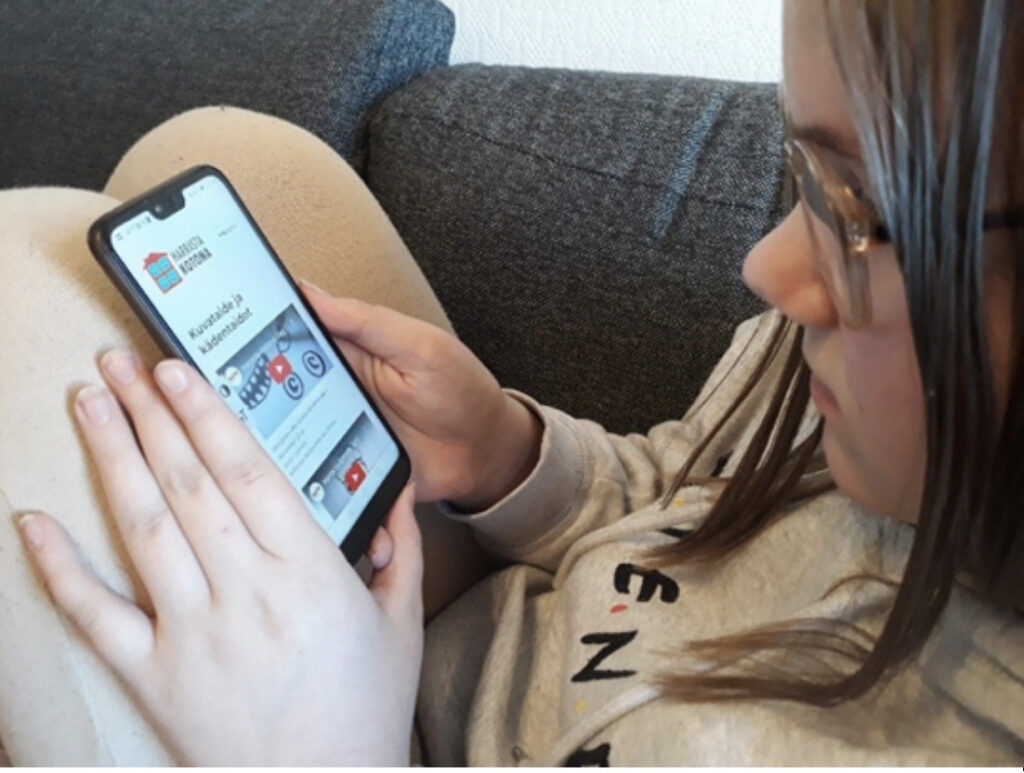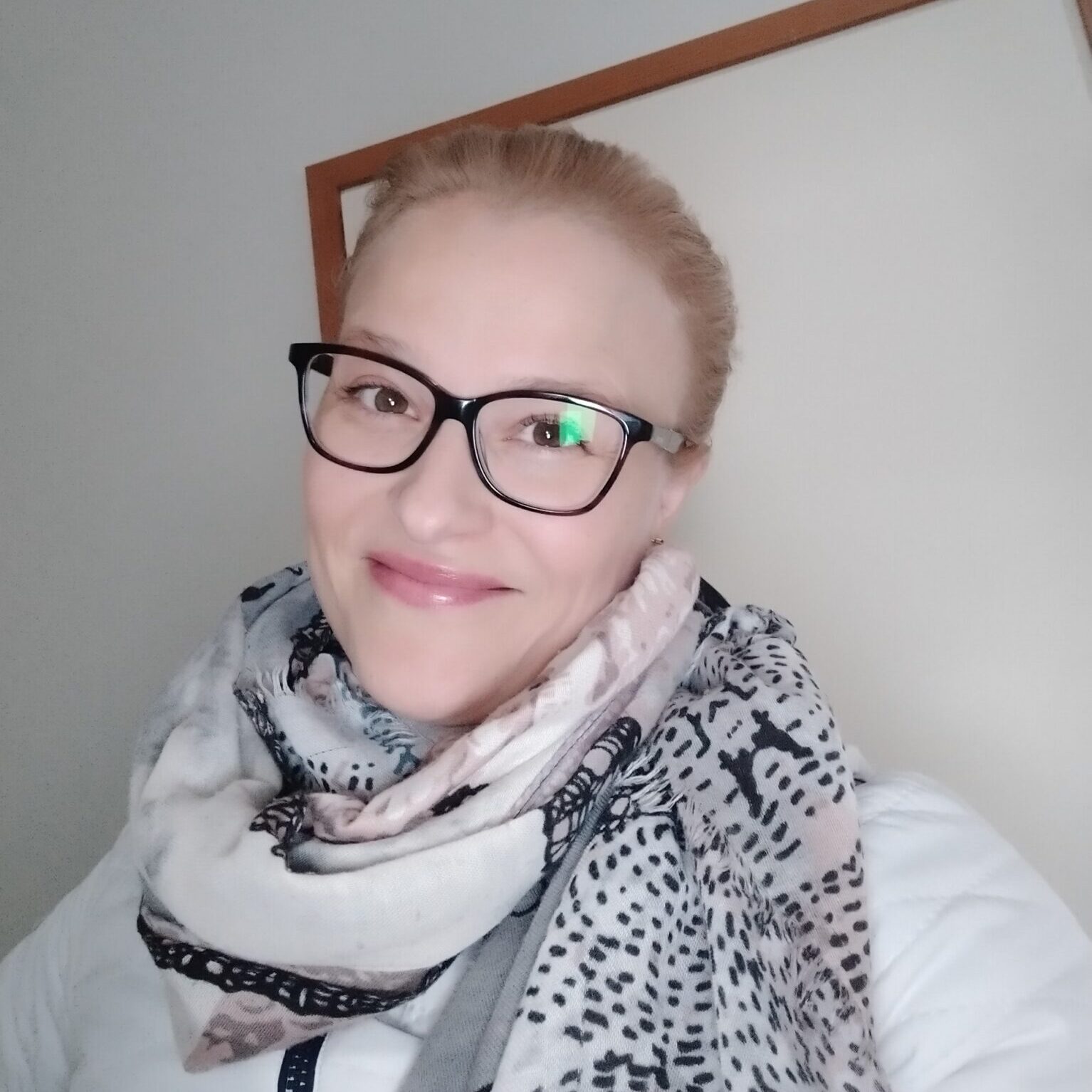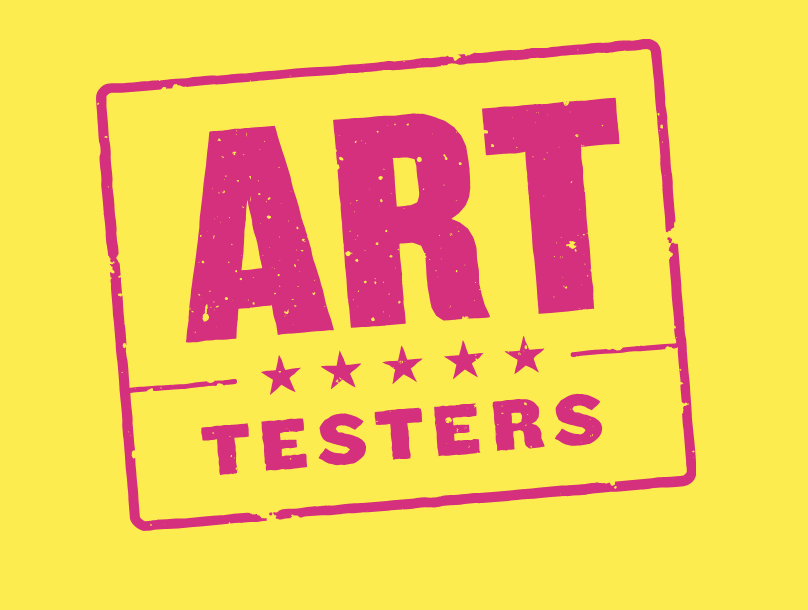As part of the Diggiloo project, I interviewed Aleksi Valta, Executive Director of the Association of Finnish Children’s Cultural Centres and Auni Tuovinen, art educator and engagement officer at Hämeenlinna-based Culture Centre ARX. Valta and Tuovinen shared their perspectives on the current state of cultural activities for children and young people and its future potential. We also talked about community art and reflected on the challenges and opportunities for combining art and digital technology.
The Association of Finnish Children’s Cultural Centres is a national umbrella organisation for children and youth centres. Through the association, we get an overview of what members are doing in the child and youth culture sector. “We carry out plenty of projects with our members. The largest of these has been Art Testers. Digitality has been a huge part of this project – the biggest youth art project in Finnish history – which involves taking all Finnish 8th graders to engage with art. During the pandemic, the programme produced a great deal of digital content for the 8th graders”, notes executive director Aleksi Valta. The association has also created a webpage – harrastakotona.fi – with tips and ideas to inspire children and young people to make art at home as well.
“We want to promote children’s right to culture, recreation and the arts.”
Aleksi Valta
The work of the Children’s Cultural Centre is based on article 31 of the UN Convention on the Rights of the Child. “We want to promote children’s right to culture, recreation and the arts,” observes Valta. “Our network of cultural centres differs from basic education in the arts, formal after-school arts programmes that follow the national curriculum and are aimed at a select few. Our work targets those with fewer opportunities. Working towards cultural education plans is really important for the association and for our network.
Embracing a range of art forms and open to all, Culture Centre ARX is member of the Association of Finnish Children’s Cultural Centres. Auni Tuovinen, from ARX, says her participants include young people as well as children of all ages along with their families. The centre’s programming is diverse. Tuovinen reels off a list of the events they organise: exhibitions, training for school and early childhood education groups, open art mornings for families, integration family clubs and Come and Craft! afternoon art clubs for school-aged children. Events include ARXantai, a Saturday event for families with children, art festival Hippalot and Valoilmiö light art event, as well as youth Street Art Festival Räikee, which is produced under a separate brand, HÄX. “The core value that informs our work – and the thing that we are constantly working to improve – is the quality of children’s culture and increasing participation” says Tuovinen.

“The most recent HÄX projects have included the Demo Tour, in co-operation with Get Active Near You, a project that is part of the Finnish model for leisure activities. The Demo Tour visited secondary schools across Hämeenlinna, organising workshops for the students. These workshops gave students an opportunity to experience a range of youth culture fields: spraying virtual graffiti using VR glasses, trying out various electronic music techniques using tablets and other devices” recounts Tuovinen enthusiastically.
The work at ARX is not limited to a specific art form. Offerings range from visual art to handiwork and crafting, light art to media arts and education and youth culture sub-genres such as graffiti art, rap and hip-hop. This broad programming provides as many children and young people as possible with a jumping off point where they can begin to explore hobbies they find interesting.
“Community art is a community- or participatory artistic production in which community members can get involved in the various stages of the art process.”
Anu Tuovinen
Sometimes a path into the world of culture opens up by chance. So it happened for Tuovinen, it seems. Her own cultural journey began in childhood through music and acting. After high school, she discovered an interest in handicraft and trained as a seamstress. During a placement at a workshop for the unemployed, Tuovinen saw the appeal of working as a facilitator. Keen on the idea, she applied to a UAS bachelor’s programme in Culture and Arts and studied to become an art coordinator and ended up working in children’s culture. She went on to further develop her professional skills by studying art education at university.
Valta also found his way into the children’s culture sector almost by accident. He had worked for years in various sports organizations, but when a suitable opportunity arose, he made the leap into what was to him the somewhat unfamiliar world of children’s culture. He has enjoyed himself.

Children and young people can be a challenging demographic to engage in culture and art activities, which may not immediately resonate for them. When I asked Tuovinen and Valta how they reach out to children and young people, they both had the same answer: outreach youth work and cultural outreach, going out and offering young people these services in environments that are familiar to them. “Places such as skate parks, youth events and schools”, offers Tuovinen.
The week after our interview, Valta took part in a children’s culture forum with the theme of inclusion and best practices. There’s work being done to genuinely reach out to young people and to involve them. “Young people need time and we need to keep organizing programmes even ones where no one is likely to show up at first” explains Tuovinen. “A significant challenge with the recreation model in Finland is the limited success we have with secondary-aged children. They are a challenging group to work with and it takes skill” Valta notes.
“Digital transmission of performing arts doesn’t necessarily work for children and young people, or other audiences really. Why would you want to watch a virtual theatre performance that may not be necessarily have been filmed well, the sound quality might be poor, when at the same time, on a screen, you could be watching a world class film that’s been made for that very purpose?”
Aleksi Valta
What do Tuovinen and Valta think about the current state of children’s and youth culture? What needs work? For both, the answer comes down to the same issues: funding and resources. Or rather, the lack of them. “The whole business is too project-focused, it’s emphasised in our work. Our umbrella organisation relies entirely on grants for its funding. The work and the funding of sports organisations is more long-term. This project bureaucracy is exhausting and the constant need to secure funds takes the focus away from important youth work”, says Valta. “The challenge and the problem is that when there aren’t a lot of staff, all the effort is put into management” Valta continues.
For Tuovinen, it’s a positive that the children’s and cultural centres have the necessary skills and approaches to engage young people. ”We could make wider use of this across various sectors of society, when we need an insight into the thoughts and aspirations of children and young people”.
“Some types of performing arts – such as musical performances – work slightly better, but even these have the issue that, in the programme they are meant to be an interactive event. We had great success with verbal arts workshops, with school children participating via chat.”
Aleksi Valta
Read more about Aleksi Valta’s experiences of youth work during the Covid-19 pandemic here: https://www.kulturradet.no/documents/10157/a7464045-2cb6-4988-9948-ffd834508a5d

Author Carita Rukakoski is a community educator student at the Humak University of Applied Sciences. The article is based on the interviews with Aleksi Valta and Auni Tuovinen in November 2022.









